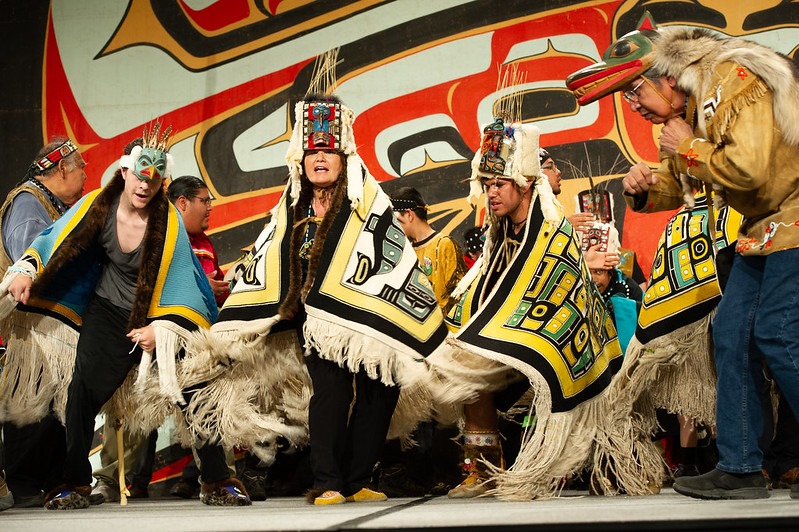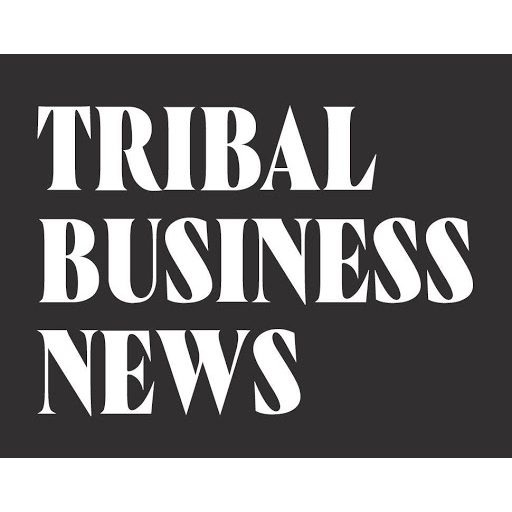
- Details
- By Tribal Business News Staff
- Sovereignty
New federal legislation would allow five landless Alaska Native communities to form corporations and receive land entitlements from the federal government.
The bill would amend the Alaska Native Claims Settlement Act of 1971 to offer the people of Haines, Ketchikan, Wrangell, Petersburg, and Tenakee the ability to form an Alaska Native Urban Corporation and receive 23,040 acres of federal land, the size of one township, from the Tongass National Forest.
The five communities in southeast Alaska were omitted from ANCSA, which divided up 44 million acres of land to more than 200 for-profit Alaska Native regional, village and urban corporations.
“We are at a unique time in our history, as the United States comes to a collective reckoning of its past, while socially and institutionally reforming to rebuild its present,” Cecilia Tavoliero, a Petersburg landless shareholder, said in a statement. Tavoliero also serves as president of the Southeast Alaska Landless Corporation, a nonprofit coalition consisting of the five communities fighting for recognition.
If the legislation is enacted, the new urban corporations, which have about 4,400 shareholders, would receive $2.5 million in grant funding to hold elections, establish a board of directors, and create a corporate infrastructure.
The current push follows previous stalled legislative efforts to secure recognition for the communities. Backers cite the new legislation identifying specific tracts of land that would be conveyed to the corporations in hopes of an easier path to passage.
The communities say the conveyances would return lands important to their Native cultures, as well as unlock new economic development opportunities.
“To have the ability to manage the land that our ancestors thrived on is so very important to the spiritual and cultural history we have to our ancestral land,” Harriet Brouillette, Haines landless shareholder and tribal administrator for Chilkoot Indian Association, said in a statement. “We will explore innovative ways to manage this land, consistent with the care and respect that has been passed down through generations of our Native people. It is an emotional and powerful prospect that we will finally have the capability to be the caretakers for this land as our ancestors did.”
Leo Barlow, a landless shareholder of Wrangell and board member of the Southeast Alaska Landless Corporation, echoed those sentiments.
“The other villages were able to use their returned lands to develop new local economic, social and cultural benefits for their shareholders and, as it turns out, the entire Alaskan community,” Barlow said in a statement. “The return of just a minute portion of our original homelands near our five communities in Southeast Alaska will make a profound impact — we will finally be able to use the land that our ancestors prospered on for generations and make the same positive impacts within our communities that the other ANCSA corporations have been able to contribute now for nearly 50 years.”
Sealaska Corp. President and CEO Anthony Mallott said the cost of not having the ability to form an urban corporation was “substantial” for the five communities.
“They have lost out on millions of dollars in community development, scholarships and economic impact, not to mention the simple dignity that comes from recognition and a restoration of indigenous land rights,” Mallott said in a statement.
The five communities have been pushing for recognition since the passage of ANCSA in 1971.
According to a statement from Alaska’s Congressional Delegation, the reasoning behind the communities being left out of ANCSA remains unknown.
Jaeleen Kookesh, vice president of policy and legal affairs at Sealaska Corporation, told the Juneau Empire that anecdotal evidence suggests private pulp mills in the region that harvested lumber from federal lands may have played a role in pushing to exclude the communities.
“A transfer of land to private ownership means no wood to those mills,” Kookesh told the Empire. “It’s pretty clear to say at the time there was a lot of anti-Native racism and sentiment.”
A study Congress commissioned in 1994 found the five communities showed strong similarities to other communities in the region that were granted corporations under ANCSA, according to a statement from Alaska’s Congressional delegation.
The landless communities say they’ve missed out on the economic opportunity afforded to the Alaska Native corporations formed since the passage of ANCSA. According to estimates from Alaska Natives Without Land, Alaska Native corporations contribute one-quarter of the state’s gross domestic product and generate billions in revenue annually. As well, Native shareholders benefit from corporations via dividends.
“Fortunately for our five communities, there will be many good mentors on how to do things right,” Al Hill, Tenakee Springs landless shareholder, said in a statement. “We are reimagining what it means to be an Alaska Native corporation and the new and innovating opportunities that come with that. All it takes is vision and good people.”
Alaska’s Congressional delegation — U.S. Senators Lisa Murkowski and Dan Sullivan, and U.S. Rep. Don Young, all Republicans — introduced the Unrecognized Southeast Alaska Native Communities Recognition and Compensation Act last week.
